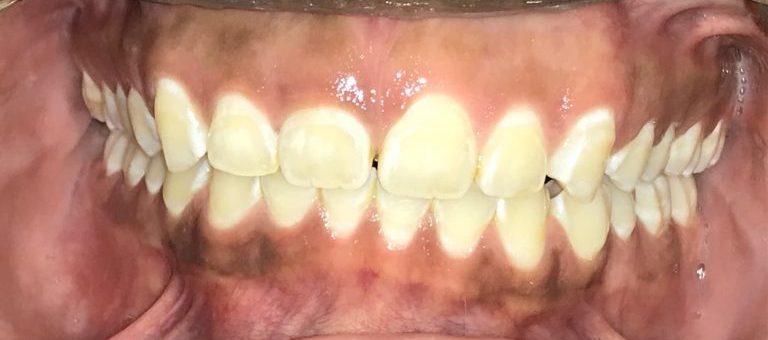
GUM SURGERY
Various forms of periodontics focus on the prevention, diagnosis, and treatment of conditions and diseases that affect your gums. There are different types of procedures depending on what a patient is experiencing and what exactly is being treated.
Gum recession
If your gums are receding or pulling away from your teeth and exposing your roots, you have gum recession. The roots of your teeth don’t have the same hard, protective enamel as the crowns of your teeth, so an exposed root can cause tooth sensitivity and is susceptible to tooth decay.
Uneven gums
If you have more gum tissue covering your teeth than normal, you have what’s called excessive gingival display, or a gummy smile. In this instance, there are multiple options a patient has to achieve a beautiful, pearly-white smile. Either a gingivectomy, or crown lengthening, may be possibilities in which a portion of the gumline is removed.
Decayed or broken tooth
If your tooth is damaged beneath your gumline, or if you don’t have enough tooth above the gumline for a restoration, a crown lengthening procedure may be necessary to expose more of your tooth.
Periodontal disease
Periodontal disease, otherwise known as gum disease, is an infection of the tissues that surround and support your teeth. It is a major cause of tooth loss in adults. Because gum disease is normally painless, you may not know you have it. Gum disease is caused by plaque, the sticky film of bacteria that is constantly forming on our teeth.
Before

After

